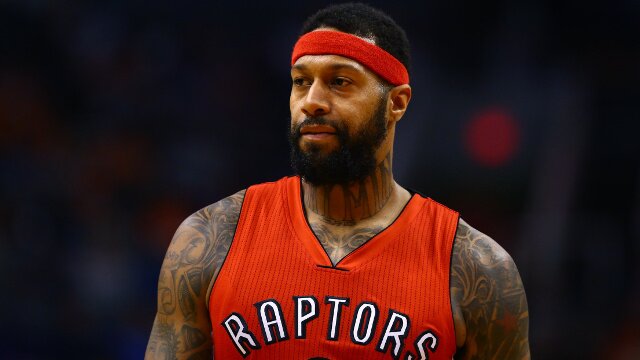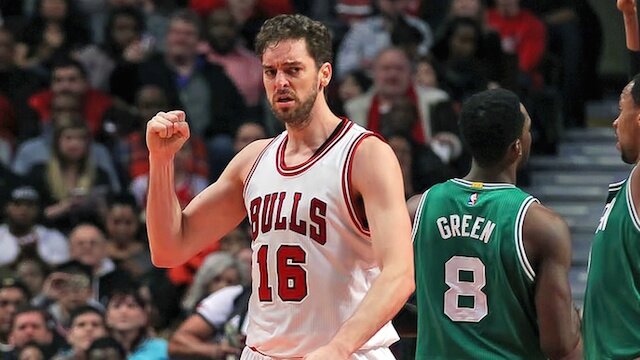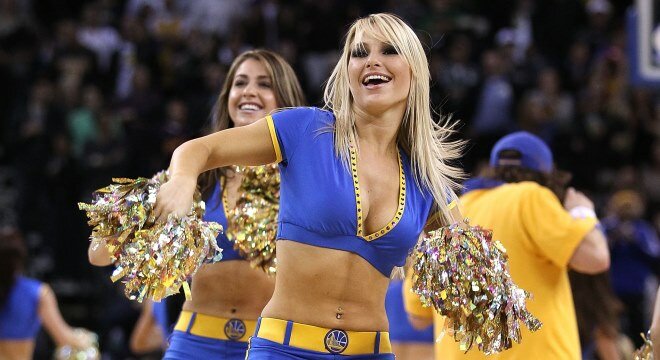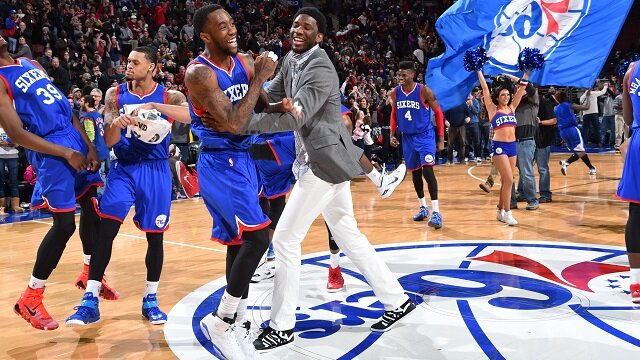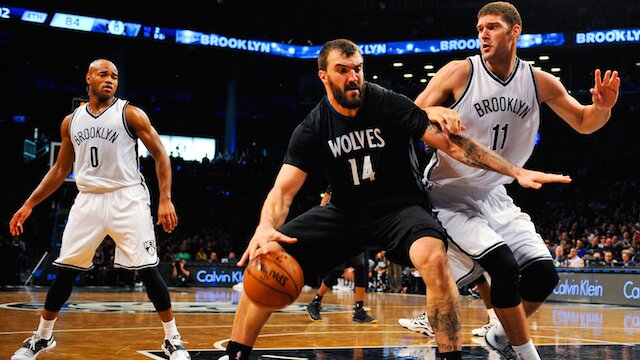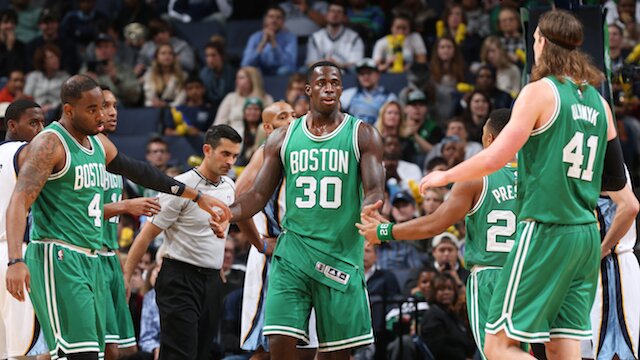Dirk Nowitzki: The Most Impactful Player Of This Century
In 1998, the NBA was very different than it is now.
The Chicago Bulls had just won their sixth championship in eight years, a run that was marked predominantly by defensive intensity and crisply executed halfcourt sets. The NBA scoring average had dipped to below 100 points per game for two straight seasons, and had reached its lowest point since 1954. The game had started to slow down, and was on the cusp of entering the lowest period of popularity since Nielsen ratings were instituted in 1991.
It was also the year that a relatively unknown international player out of Germany was selected with the ninth overall pick in the NBA Draft by the Milwaukee Bucks. Don Nelson, the coach and GM of the Dallas Mavericks at the time, had fallen in love with Dirk Nowitzki’s game, and engineered a pre-draft deal that sent Nowitzki to the Mavericks, and Robert “Tractor” Traylor to the Bucks. It remains one of the the biggest draft day fleeces of all time.
That same summer, Nelson shrewdly maneuvered his way into landing another unknown commodity from the Phoenix Suns, third-string point guard Steve Nash. The two players almost immediately became inseparable, and Nash became an integral part of smoothing Nowitzki’s transitional process and integration into the U.S. It was a friendship forged by a common bond, unfamiliarity with their surroundings and a general feeling of being in over their heads. Their friendship remains intact until this day.
Rookie Struggles
Dirk’s rookie season wasn’t easy. In fact, it was quite brutal on several levels. Despite being so tall, his scrawny frame made it extremely difficult to get physical with any of the league’s power forwards. As a result, he was regularly overpowered, and became the subject of immediate scrutiny for his lack of defensive prowess.
Also, Nelson wasn’t quite sure how to utilize his unique talents yet. Fully understanding that he wasn’t prepared to bang down low with other bigs, he typically was positioned around the perimeter waiting for the ball to come his way, and hoisting ill-advised shots when it did, resulting in the lowest shooting percentage of his career (40%). Predictably, that only resulted in an 8.2 ppg average.
Not being used to the grueling pace of play in the NBA, and being subject to extra practice sessions, Nowitzki became fatigued easily, resulting in the highest number of personal fouls per 36 minutes of his career (3.9). Being in early foul trouble, and his relative discomfort in the offense, reduced his overall usage and limited his playing time to 12.8 minutes per game.
Birth Of The Stretch 4
At the start of the 1999-2000 season, Nelson decided to change the way Nowitzki was to be utilized inside the offense. Relying more on his unique ability to handle the ball, combined with his rare passing ability and unrivaled shooting precision, Nelson implemented Nowitzki as a primary ball-handler, and began to run much of the offense through him on the perimeter, allowing for him to stretch the floor and open up lanes to drive through.
This decision really changed the way that power forwards had been utilized to that point, primarily on the block and with their back to the basket. This is often seen as the birth of the “stretch 4” that has become such commonplace in the modern NBA.
Dirk’s second year was much more successful than his first, increasing his scoring average to 17.5 ppg, and increasing his field goal percentage to 46%, all while shooting around 800 more total shots. He would go on to finish second in the voting for the Most Improved Player Award as a result of his performance.
As Dirk became more dominant in his third, fourth and fifth seasons, we truly began to see the blossoming of a new type of player. Suddenly, people like Clifford Robinson, who had spent a good portion of their careers at the small forward position, were being moved exclusively to the power forward position in order to stretch the floor. Austin Croshere, who took a total of 42 three-pointers through his first two seasons, would go on to take 381 in his next two. Players like Vladimir Radmanovic were being touted as the “next Dirk”, a foreign-born big-man, who can shoot the lights out.
Nowitzki’s Influence
There is an irrefutable correlation between Dirk’s arrival in the NBA, and the evolution of power forward position, and teams were now trying to emulate what they were seeing in Dallas.
The year before Dirk was drafted, there wasn’t a single power forward who shot better than 35% from the 3-point line. Only two power forwards even attempted more than three per game – Antoine Walker (3.6) and Keith Van Horn (3.5). Nine power forwards attempted more than one per game.
During the 2013-2014 season, 21 power forwards shot better than 35% from the 3-point line, 12 shot more than three per game, and 41 attempted more than one per game. That doesn’t even include numbers from the center position where players like Channing Frye, Spencer Hawes, Pero Antic and Chris Bosh all averaged more than three per game, a stat that wasn’t matched by a single player in 1997-1998. Now, the Ryan Andersons and Kevin Loves of the world are chucking up three-pointers with reckless abandon, at a rate higher than any other time in the league’s history.
The irony, of course, is that Dirk doesn’t — and never will — shoot the absurd amount of three-pointers we are seeing now. He operates primarily around the top of the key, and the majority of his shots come between 16 and 22 feet from the basket. But, his place as one of the greatest shooting big men of all time is undeniable.
His unique skillset is now a common measuring stick for big men across the NBA. A team that doesn’t have a stretch 4 is viewed as flawed in many respects. He has made a bigger impact on the game of basketball than perhaps any other player of the 21st century, and he has truly revolutionized the way the game is played.
For good or for bad, there is no denying the imprint he has made on the game, and he should go down as one of the best to ever play the game. Many have tried to emulate, but just like there will never be another Michael Jordan, despite how hard we try to draw those comparisons, there will never be another Dirk Nowitzki.
Court Zierk is a Columnist for www.RantSports.com. Follow him on Twitter @CourtZierk, “Like” him on Facebook or add him on Google.
Clippers Need Help On Bench
The Los Angeles Clippers may need to make a move to strengthen their bench after a poor performance against the Miami Heat. Read More
The Trade Machine Allows Us to Change Up the NBA
ESPN's NBA Trade Machine is a beautiful device that allows us to hypothesize different roster possibilities. Which scenarios do you find most intriguing? Read More
James Johnson Has Been Great Surprise For Raptors
After a failed attempt with the Toronto Raptors early in his short career, James Johnson has been great this season and continues to surprise. Read More
Chicago Bulls' Pau Gasol Is Rejuvenated
Chicago Bulls PF Pau Gasol has silenced doubters and is playing some of the best basketball of his career with the Bulls. Read More
Heat Should Stand Pat During Trade Period
Although the Miami Heat are having a rough season, they shouldn't rush into signing just any player during the trade period. Read More
Outcome Predictions For Heat's Next 5 Games
The Miami Heat are in the midst of a six-game stretch against the NBA West. With the season possibly riding on the next five games, here are my game predictions. Read More
Trail Blazers vs. Lakers Preview
The Portland Trail Blazers look to continue with their winning ways against the Los Angeles Lakers. Find out how the game will play out. Read More
Washington Wizards vs. Atlanta Hawks Preview
Two of the top teams in the Eastern Conference will square off when the Washington Wizards take on the Atlanta Hawks. Find out how things will play out. Read More
76ers Becoming A Likable Cast of Characters
The Philadelphia 76ers' young roster has often been scrutinized because of Sam Hinkie and the team’s front office. But after their most recent stretch of wins, they are becoming a very likable cast. Read More
Oklahoma City: 5 Players Team Should Target
Approaching the March 1 NBA trade deadline, the Oklahoma City Thunder should target these five players. Read More
Boston Celtics: 5 Trades Team Should Make
The Boston Celtics should make these five trades to expedite the rebuilding process. Read More
Kobe Bryant Does Not Care About Lakers
Kobe Bryant choosing to continuously sit out shows that he is done with the Los Angeles Lakers organization. Read More
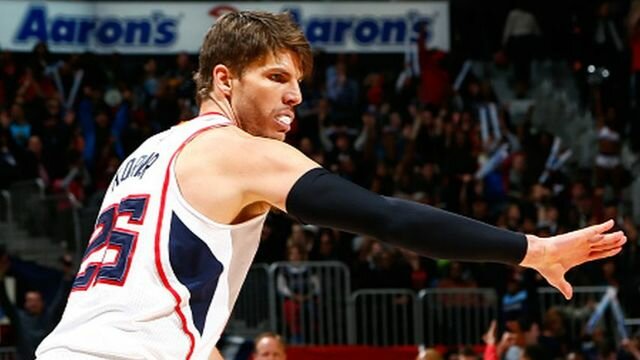
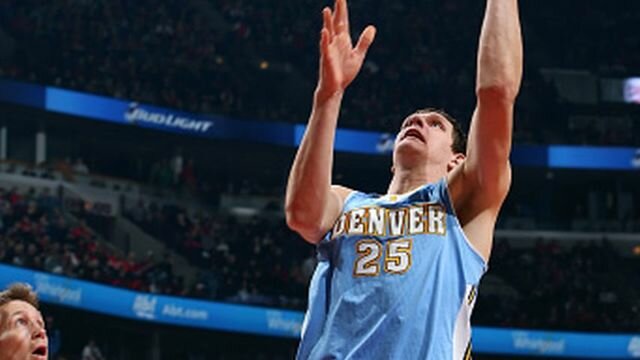
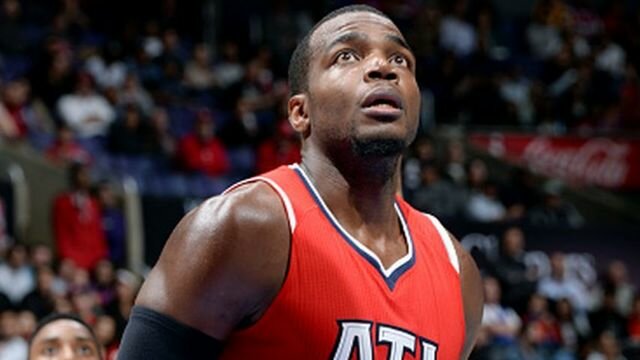
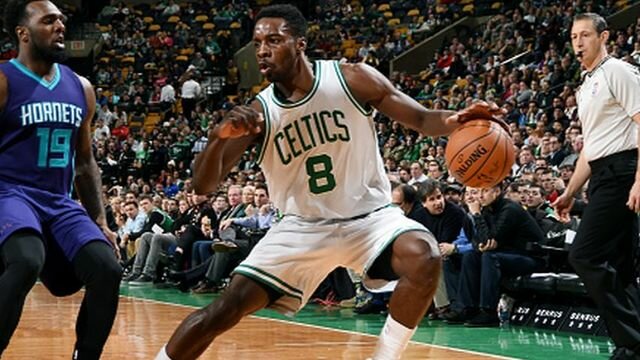
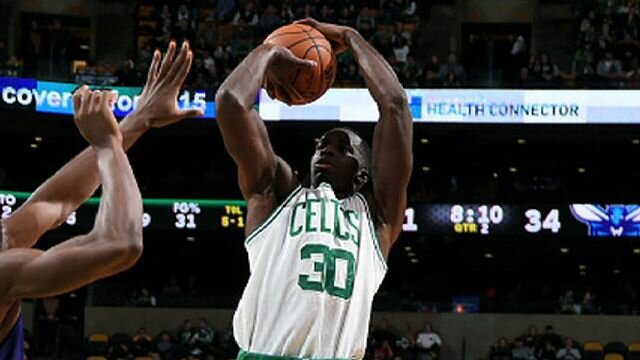
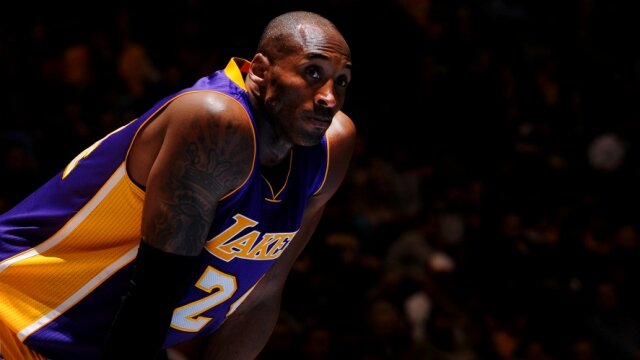
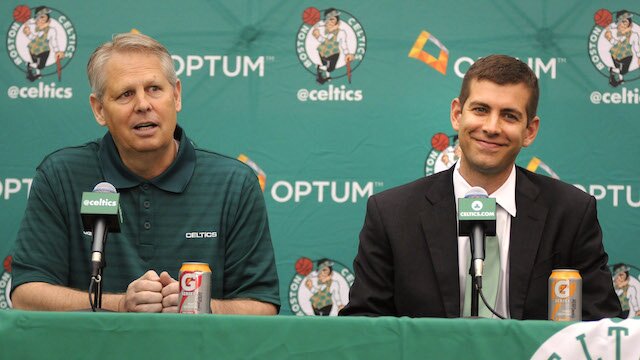
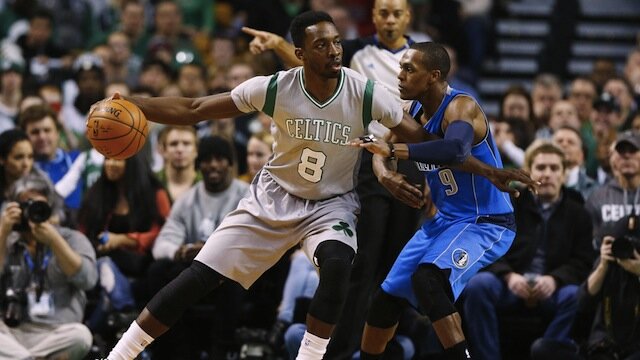
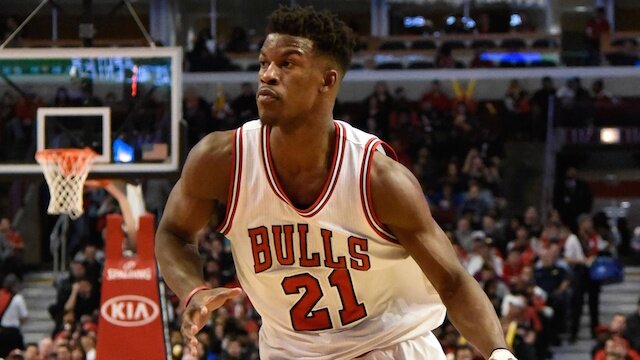
 @courtzierk
@courtzierk 







